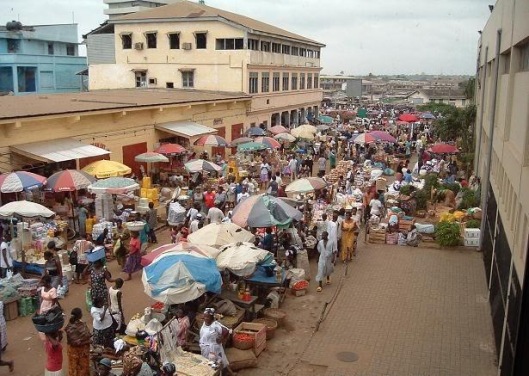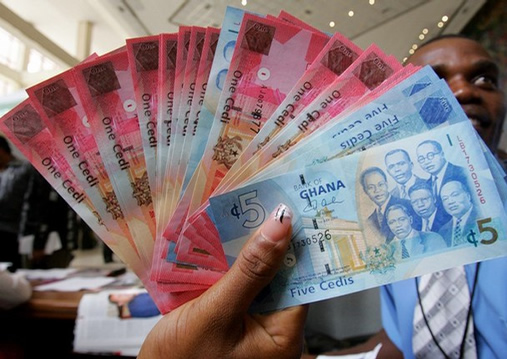
By Stephen S. ROACH
The outbreak of a new war in the Middle East, together with a destructive tariff war, makes for a lethal combination in a sluggish world economy. Notwithstanding the possibility of a tentative ceasefire, the odds of imminent global recession have increased sharply.
One shock was bad enough. US President Donald Trump’s tariffs, wherever they eventually settle, imply downside risks to global growth. But the potential for a second shock – a war between Israel and Iran that has now ensnared the United States – compounds the problems for an increasingly vulnerable world economy. It fits with my theory of cyclical risk: it doesn’t take much to tip an economy nearing “stall speed” into outright recession.
This simple rule has worked remarkably well in predicting global recessions over the past 45 years. Unlike a recession in an individual economy, which generally reflects a contraction of real output, one at the global level typically involves about half the world’s economies contracting while the remainder continue to expand.
As a result, a worldwide recession is usually associated with global GDP growth slowing to the still positive 2-2.5% range – a shortfall of 0.8 to 1.3 percentage points from the post-1980 trend of 3.3%. The exceptions were in 2009 and 2020, when the global financial crisis and the pandemic, respectively, caused outright contractions in global output.
The stall speed holds the key to cyclical risk assessment. It can be thought of as a zone of vulnerability, measured by significant downside deviations from trend growth. Looking back over the past 45 years, I would place the global economy’s stall speed in the 2.5-3% range: when in this zone, the world lacks the resilience needed to withstand a shock. That is what happened in each of the past four global recessions.
Fast-forward to today. According to the International Monetary Fund’s latest World Economic Outlook, global GDP growth is expected to slow to 2.8% in 2025 – right in the middle of the stall-speed zone.
Whereas recent global recessions were the result of single shocks, today the world economy could be hit by two: a tariff war and a kinetic war in the Middle East. The possibility of a double-shock combination only increases the odds of global recession; in forecasting circles, it’s as close to a smoking gun as you can get.
As always, the devil is in the details – in this case, the specific transmission effects of the two shocks to global growth. The trade war, by now, is old news. My assumption is that the Trump tariff package that eventually emerges from ongoing legal disputes will feature something close to a 10% global tariff, a considerably higher tariff rate for China, and steeper product-specific tariffs aimed at protecting America’s legacy industries, such as motor vehicles and parts, steel, and aluminum.
The 10% global tariff represents a roughly five-fold increase from the 1.9% average effective tariff rate during the 30 years before Trump’s “Liberation Day” back in early April – a shock by any standards.
That creates downside risks for the still export-dependent Chinese economy and major uncertainty for the US economy, almost surely leading to pullbacks in capital spending and hiring, both of which are dependent on businesses’ stable expectations of the future.
With the US and Chinese economies collectively accounting for a little more than 40% of cumulative global GDP growth since 2010, one should not underestimate a tariff war’s potential damage to the world economy.
As for the Middle East, the macroeconomic impact of wars is typically measured through oil prices. Following Israel’s launch of strikes against Iran on June 13, oil prices initially soared, but from three-year lows, and remained well below post-2022 averages.
Then, in the immediate aftermath of Trump’s June 23 ceasefire announcement, oil prices retraced much of the war-related run-up.
If hostilities continue – always a possibility in the Middle East – there will be significant upside risks to energy and other commodity prices as markets start to worry about Iran’s options for retaliation, which could include disruption of oil production and distribution, as well as of shipping lanes.
On balance, the US bombing of Iranian nuclear enrichment facilities on June 21 has injected a new element of uncertainty into an already hyper-volatile world.
It is far too early to foretell how US entry into Israel’s war against Iran will affect global energy prices. But in one sense, the situation is reminiscent of Saddam Hussein’s invasion of Kuwait in August 1990, which led to a doubling of oil prices within three months. Significantly, the world economy was already slowing toward a 2.5% stall speed in 1991, and the war-related energy shock led to a mild global recession in 1992-93.
The key to the near-term outlook is not US tariffs or the Iran war, but their geopolitical interplay. These shocks have the potential to feed on each other, threatening a vulnerable world economy that is already at risk of stalling out. Cyclical calls are never a sure thing. But this year’s twin shocks make a global recession look increasingly likely.
Stephen S. Roach, a faculty member at Yale University and former chairman of Morgan Stanley Asia, is the author of Unbalanced: The Codependency of America and China (Yale University Press, 2014) and Accidental Conflict: America, China, and the Clash of False Narratives (Yale University Press, 2022).
The post War and tariffs are a double shock to the world economy appeared first on The Business & Financial Times.
Read Full Story















Facebook
Twitter
Pinterest
Instagram
Google+
YouTube
LinkedIn
RSS